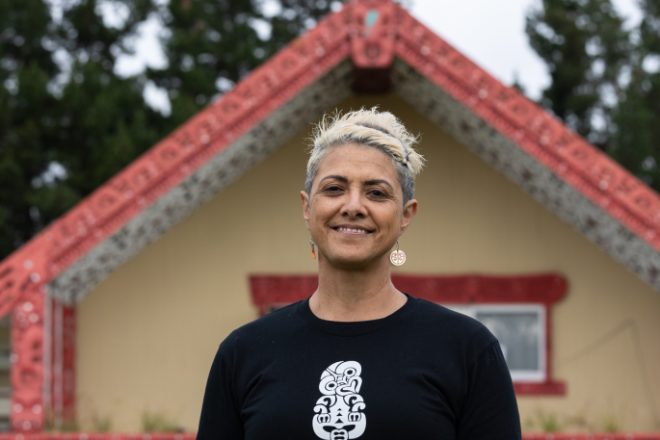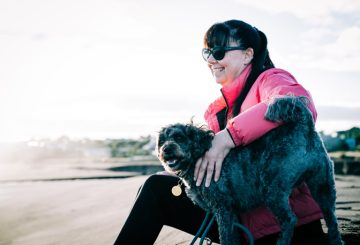Si Jolie Davis, isang miyembro ng mga tribo ng Ngāti Kuri at Te Rarawa, kamakailan ay lumahok sa unang Rongoā Māori Conference sa Rotorua. Ang dalawang-araw na kaganapan noong Mayo, na i-sponsor ng ACC, ay nagtipon ng mahigit 450 mga praktikal at tagapagbigay ng kalusugan ng Rongoā Māori, isang tradisyunal na kasanayan sa pagpapagaling ng Māori. Ang layunin ng kumperensya ay upang bumuo ng mga relasyon at dagdagan ang pag-unawa sa pamamaraang ito ng pagpapagaling sa loob ng sektor ng kalusugan ng New Zealand.
Si Davis, na bahagi ng panel ng eksperto na tagapayo ng ACC para kay Rongoā Māori, ay nagpahayag ng kanyang kaguluhan tungkol sa kaganapan. Sinabi niya na ito ay isang mahusay na pagkakataon para sa lahat na kasangkot na magbahagi ng kaalaman, matuto mula sa bawat isa, at tuklasin ang mga paraan upang mas mahusay na paglingkod sa kanilang mga komunidad. Inaasahan niya na madaragdagan ng kumperensya ang kamalayan at pag-unawa sa mga benepisyo ng Rongoā Māori at tradisyunal na pagpapagaling.
Davis, na orihinal na mula sa Malayong Hilaga at ngayon nakabase sa Wellington, ay namamahala sa Manawa Ora. Napansin niya ang muling muling pagkabuhay sa tradisyunal na pagpapagaling ng Māori. Nilalayon ng Rongoā Māori na ibalik ang balanse at kilalanin ang pangunahing sanhi ng sakit at kawalan ng kagalingan. Sinabi niya na mas maraming tao ang nagpapakita ng interes sa pag-aaral at pag-access sa Rongoā Māori.
Itinutukoy niya ang kanyang pagnanasa sa Rongoā Māori sa kanyang pag-aalaga sa isang komunidad kung saan ito ay isang normal na bahagi ng buhay. Sinabi niya na hindi lamang ito ginamit para sa paggamot ng sakit o pinsala kundi pati na rin para sa pagpapanatili ng pangkalahatang kagalingan.
Mula Hunyo 2020, inalok ang ACC si Rongoā Māori bilang isang pagpipilian sa pagbawi at isinama ito sa higit sa 10,000 mga claim. Sa kasalukuyan, mayroong 200 mga praktikal na nakarehistro sa ACC mula sa Far North hanggang sa Stewart Island, at 24 na mga organisasyon o praktikal sa Northland na nag-aalok ng mga serbisyong Rongoā Māori. Sa pagitan ng Hunyo 2020 at Marso 2024, sinusuportahan ng ACC ang pag-access sa mga serbisyo ng Rongoā Māori para sa 658 kliyente sa rehiyon ng Northland.
Naniniwala si Davis na ang suporta ng ACC ay makabuluhang nag-ambag sa muling pagkabuhay ng Rongoā Māori. Sinabi niya na ang bilang ng mga taong naghahanap ng kanilang mga serbisyo ay lumaki nang apat na beses sa nakaraang tatlong taon. Sa nakalipas na apat na taon, pinondohan ng ACC ang higit sa 77,000 mga sesyon ng Rongoā Māori, at ang bilang ng mga taong humihingi ng access sa Rongoā Māori ay dobleng. Sinabi niya na ang ACC ay may mahalagang papel sa paggawa ng Rongoā Māori na mas maa-access sa kanilang mga komunidad at pamilya.




















































-360x245.jpg)









